Proper installation of pneumatic fittings is critical to avoid air leaks, reduce downtime, and extend the lifespan of your equipment. A poorly installed fitting can cause energy loss, pose safety risks, and reduce efficiency across the entire pneumatic system.
Step-by-Step Installation Guide:
-
Select the Right Fitting and Tubing:
-
Match fitting size and type to your tubing.
-
Check for compatibility in material, pressure rating, and environmental exposure.
-
Cut Tubing Cleanly:
-
Use a sharp tube cutter.
-
Avoid angled cuts, burrs, or damage to the tubing end.
-
Insert or Thread Correctly:
-
Push-to-connect: Firmly insert the tubing until it seats completely. Tug gently to ensure a secure grip.
-
Threaded fittings: Apply thread sealant. Do not overtighten; hand-tighten, then use a wrench for an additional 1–2 turns.
-
Secure and Test:
-
Pressurize the system.
-
Apply a soapy water solution around connections. Look for bubbles indicating a leak.
-
Tighten or Reinstall if Necessary:
-
For threaded fittings, do not overtighten as this can crack plastic components or strip threads.
-
Recut tubing if a push-to-connect fitting is leaking at the end.
Common Installation Mistakes:
-
Over-tightening threaded fittings
-
Using the wrong sealant
-
Damaged or oval tubing ends
-
Mismatched tubing sizes
-
Dirty or contaminated connection points
Best Practices for Long-Term Leak Prevention:
-
Use quality fittings from reputable suppliers
-
Install in clean environments to avoid debris in the seal
-
Replace worn-out O-rings or seals as part of routine maintenance
Summary:
Installing pneumatic fittings correctly takes attention to detail and the right tools. Always inspect connections during and after installation. Leak testing should be part of your standard operating procedure.


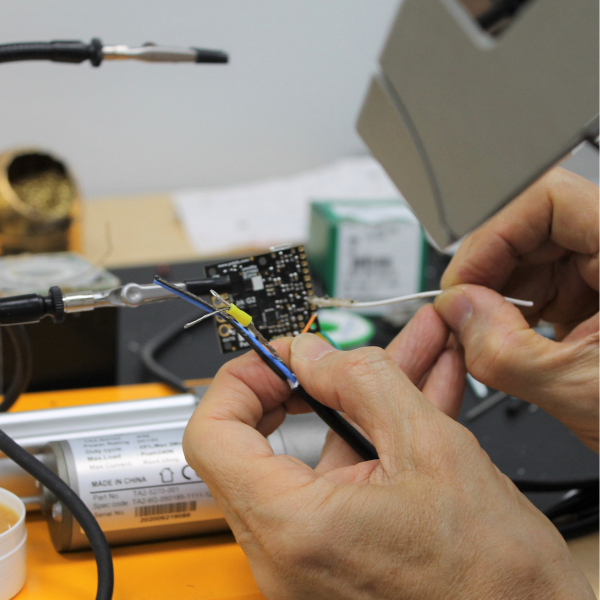
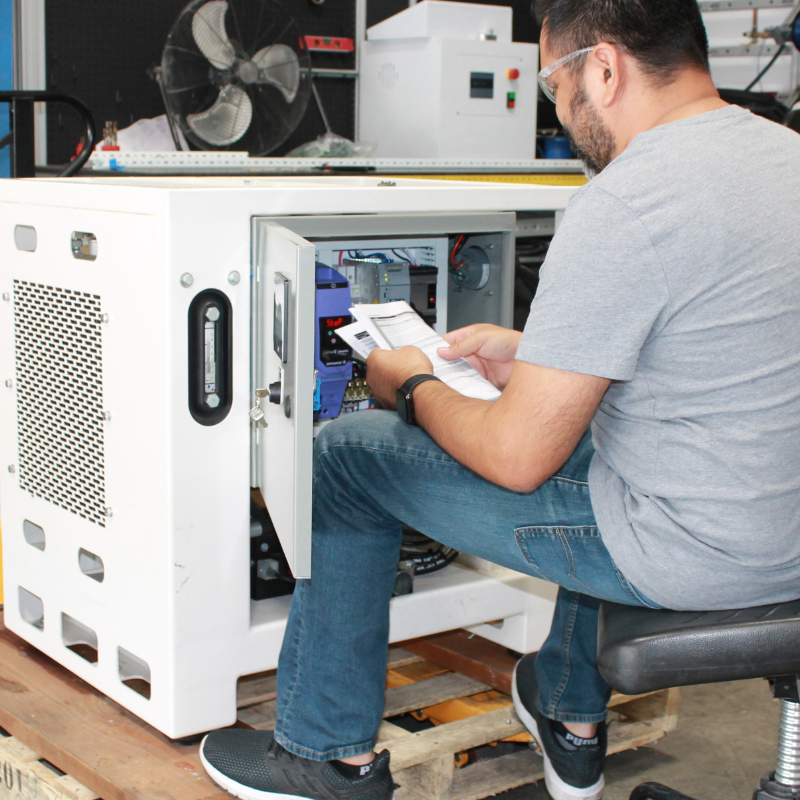
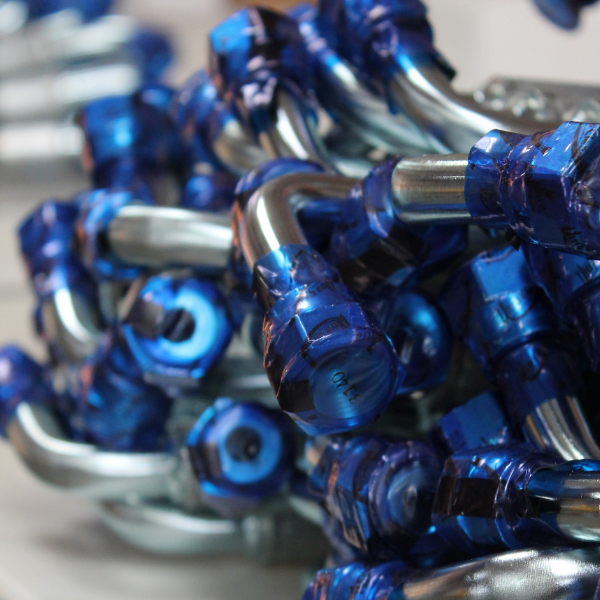
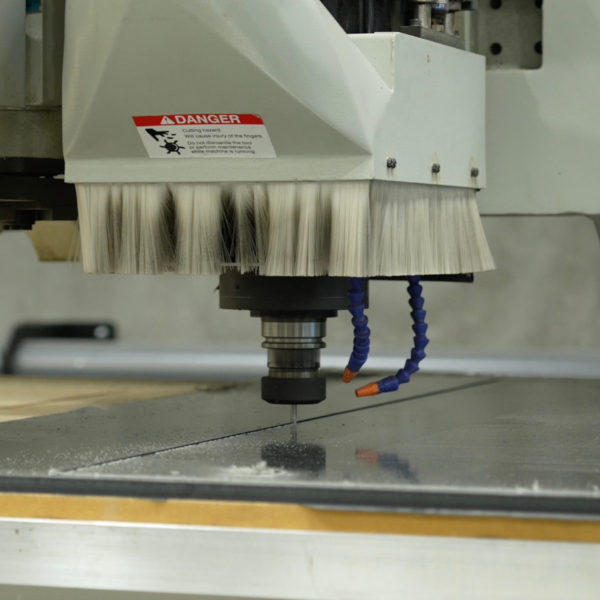
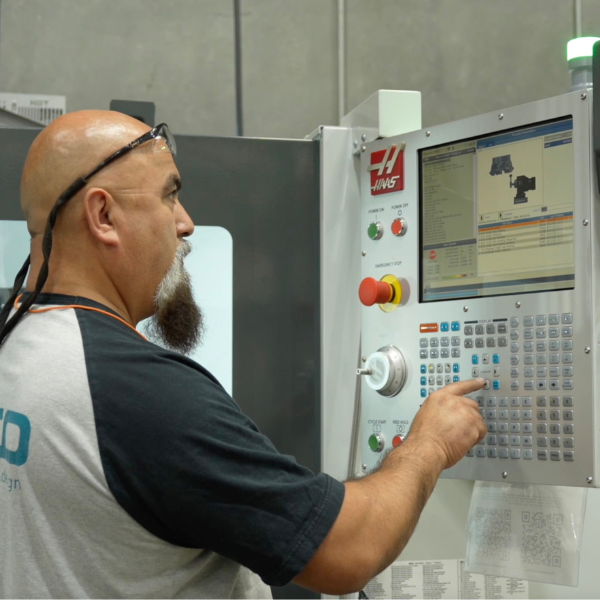



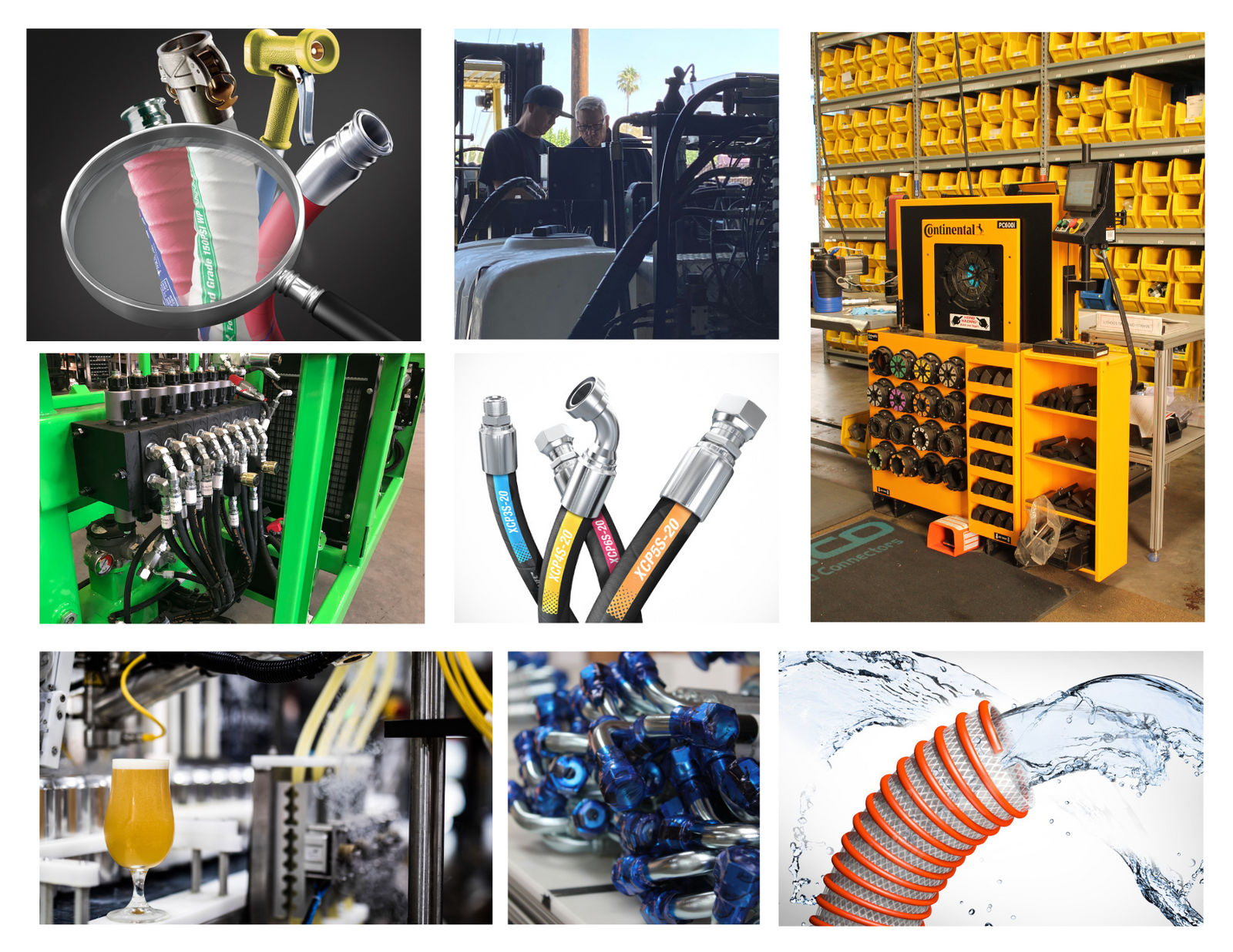
Leave a comment (all fields required)